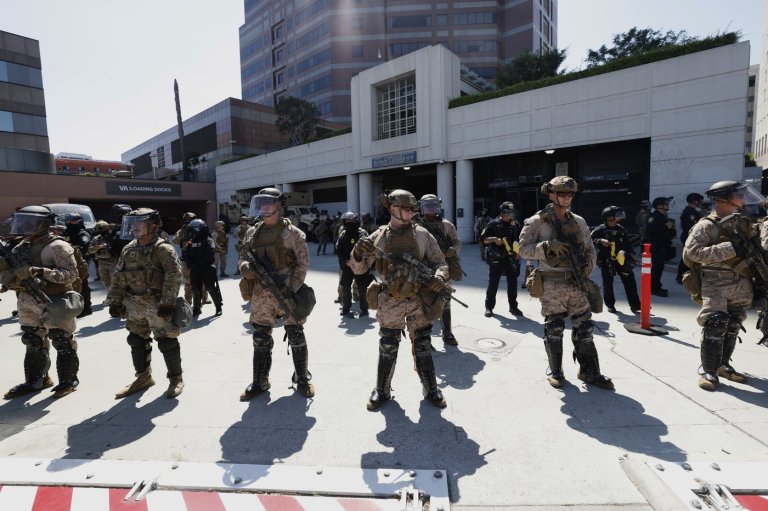US drone strike killed Islamic State leader in Afghanistan
WASHINGTON – A top Islamic State group leader in Afghanistan was killed in a U.S. drone strike last month, the Pentagon confirmed Friday, saying his death will affect the group’s recruiting and operations in the region.
Gordon Trowbridge, deputy press secretary, said Hafiz Saeed Khan died in southern Nangarhar Province on July 26.
The State Department last year designated Khan a global terrorist, saying he is the leader of the Islamic State in Khorasan, which includes former members of the Pakistani and Afghan Taliban. Khan had previously been a Tehrik-e Taliban commander, but last year pledged loyalty to IS leader Abu Bakr al-Baghdadi.
U.S. and Afghan leaders have been concerned about the growth of IS in Afghanistan. The militants are mainly in the country’s eastern region. They were targeted by a U.S.-backed Afghan military offensive last month that included American and Afghan special operations forces.
Five U.S. commandos were injured in combat with Islamic State fighters during the offensive, in what officials thought was the first instance of Americans being wounded in fighting against the IS in Afghanistan.
Trowbridge said Khan was known to directly participate in attacks against U.S. and coalition forces, and said his IS group used Nangarhar and the region to train and equip militants and provide a “continuous supply of enemy fighters.”
Join the Conversation!
Want to share your thoughts, add context, or connect with others in your community? Create a free account to comment on stories, ask questions, and join meaningful discussions on our new site.













Leave a Reply
You must be logged in to post a comment.